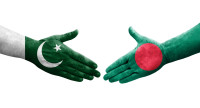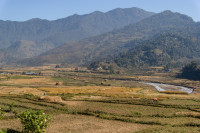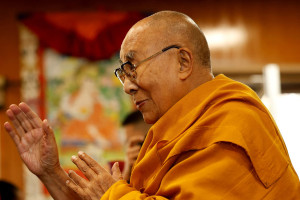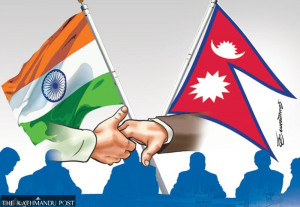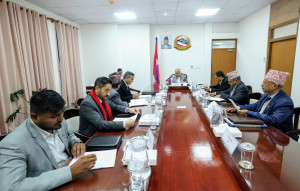Columns
A test of NPP’s popularity
Sri Lankans have high expectations from the party as it promises a shift away from traditional politics.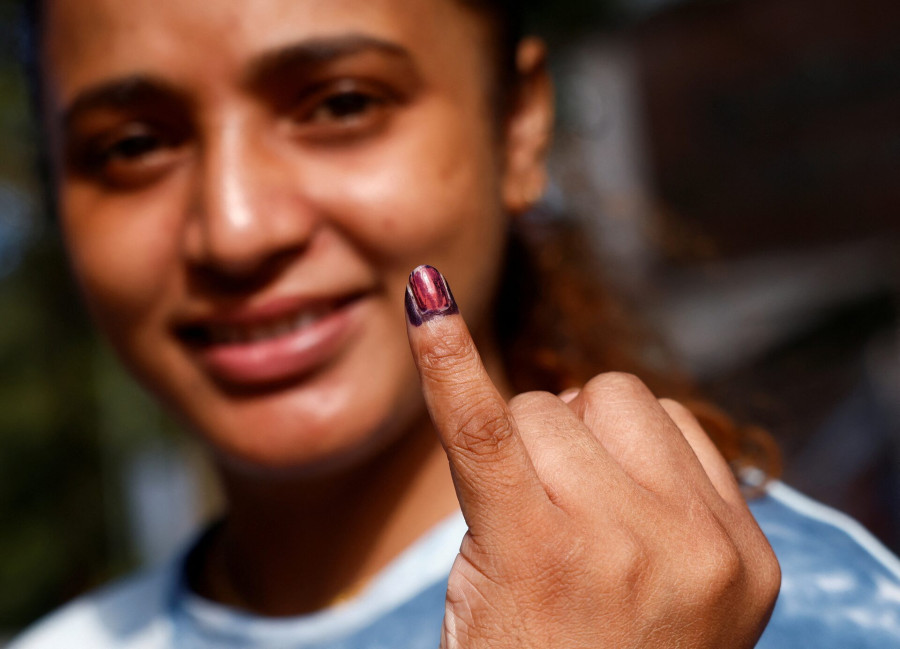
Smruti S Pattanaik
Sri Lanka held its Local Government Election (LGE) on May 6 this year with a 62 percent voter turnout. The Sri Lanka Podujana Peramuna (SLPP) secured the majority of votes in 2018. However, this time, the National People’s Power (NPP), which enjoys the majority in Parliament and also occupies the presidency, succeeded in 267 of 341 councils, including 29 municipal councils, 36 urban councils and 276 pradeshiya sabhas, winning around 3,900 of the 8,793 local seats.
Notably, the SLPP’s electoral outcome in 2018 helped the party win the Presidential election in 2019. However, some analysts believe that the NPP’s vote share does not match its performance in the last Presidential election, hinting at the NPP government’s declining vote bank. Nevertheless, the rising star of 2018—the SLPP—and one of the oldest parties, the United National Party (UNP), did not secure any seats. The Samagi Jana Balawegaya (SJB), a breakaway faction of the UNP, now the opposition party in the Parliament, won a few seats. The SJB and the UNP, putting aside the personal differences between the two parties’ leadership, have decided to collaborate in the local bodies.
Tamil parties bounced back
In the Northern and Eastern provinces of Sri Lanka, the NPP won only 18 seats (4 in Northern and 14 in Eastern provinces). However, it secured a majority of the seats in the rural South. The Tamil parties made a comeback in the local election, hinting that they will address the grievances of Tamils. Ilankai Tamil Arasu Kachchi (ITAK), the largest among the Tamil parties, won 37 seats. MA Sumanitharan, leader of ITAK, said, “We are the party that called for devolution of power, so if local government is also with the central government party, there is no point.” The Tamil political parties are negotiating to gain a majority in local councils to retain power rather than conceding it to other national parties.
Land has always been a big issue for Tamils. The provincial government, formed under the 13th amendment, has always demanded that the provinces be given control over land and police—a major sticking point for Colombo. While NPP promised to address the grievances of the Tamils, it issued a Gazette notification No 2430 on March 28, which asked to confirm the ownership of 5941 acres of land in the Northern and Eastern provinces within the next three months under the Land Settlement Ordinance, but not the Land Appropriation Act. If the owners fail to do so, the government will take over the land.
Land records were destroyed during the war, and many people left their houses and became refugees. There is a strong sentiment that the government is planning to appropriate the land. Moreover, until recently, the Sri Lankan Army had occupied the Tamil land for the expansion of the cantonment in the North and East of Sri Lanka. The missing person case and the long-promised repeal of the Prevention of Terrorism Act, which continues to be misused against the Tamils, are other issues that concern the Tamils. The NPP, which received support from the Tamil majority provinces, took steps to desecuritise the provinces by removing military checkposts that oversee movement to and from the Northern province.
Challenges before the NPP
The NPP government bears the burden of Sri Lankans’ expectations for a government that promises a shift away from the traditional politics steeped in corruption and misgovernance. The party claims to be different by proposing a new agenda that gives power to the people. It promises “non-corrupt, service-oriented, accountable and transparent political culture; economic democracy where there is greater participation in the economy as well as fairer distribution of economic benefits; strong social protections; and an inclusive, democratic Sri Lankan identity.”
Sri Lanka’s economy is showing signs of recovery, growing at 5 percent, exceeding the World Bank’s forecast of 4.4 percent. It will be challenging to bridge the budget deficit from last year’s 7.6 percent and bring it down to 5.2 percent. The country is yet to attract major investments. The government is proposing to revise the electricity tariff, an unpopular measure in Sri Lanka. The debt incurred by the Ceylon Electricity Board (CEB) was absorbed by the government earlier as legacy debt. The cost of power production must be passed on to the consumers for the CEB’s financial sustainability. The government has also announced a subsidy to paddy farmers of Rs20,000 per hectare and Rs40,000 per two hectares for the Yala season, as well as a fuel subsidy to fishermen. Subsidies are expected to provide much-needed relief to poor farmers, fishermen and others. However, the country must balance its election promises, the International Monetary Fund guidelines, and the bilateral debt restructuring the government has entered into with its bilateral economic partners.
President Donald Trump’s announcement of a 44 percent tariff on Sri Lanka is expected to impact the country’s economy at a time when the nation is on a path to economic recovery. President Anura Kumara Dissanayake wrote to President Trump concerning this. In the budget speech, Dissanayake spoke of expanding exports of goods and services and leveraging Sri Lanka’s strategic location. How the government moves to realise these goals remains to be seen.
Tourism has picked up, and remittances have increased. Sri Lanka’s foreign exchange reserve was $6.1 billion by the end of December 2024, even after the debt restructuring-related payments of $570 million in December 2024. The President has highlighted that ‘Governance reforms and anti-corruption initiatives are a top priority of the Government’.
Some of the challenges before Dissanayake are long-standing and have no easy solution. While the government is trying to muddle through the country’s complex political and economic legacy, the local election and the NPP’s voting percentage reduction do not reflect the government’s unpopularity as of now.




 11.12°C Kathmandu
11.12°C Kathmandu
